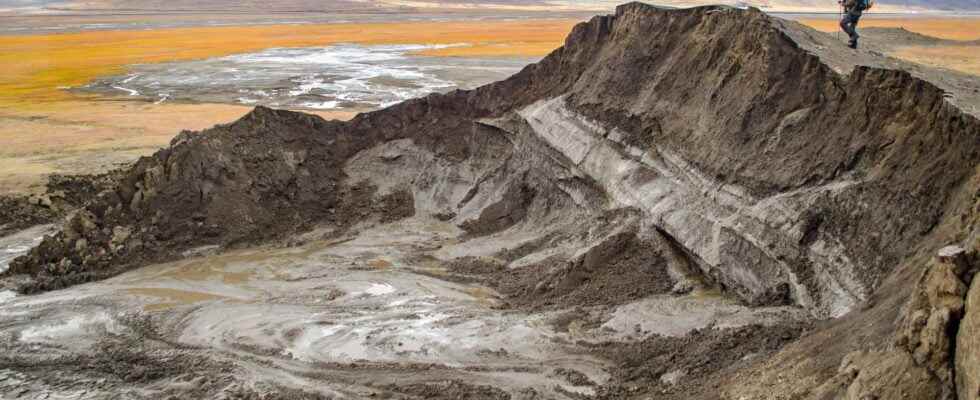What directly melts the Arctic is anthropogenic global warming. But researchers are now telling us that the intensifying forest fires in the region are accelerating the thawing of the permafrost. Fearing a multiplication of “Thermokarsts” threatening to lead to a sudden collapse of the permafrost.
You will also be interested
[EN VIDÉO] Melting permafrost promotes global warming Permafrost, or permafrost in English, includes the soils of our planet which are permanently frozen. It is threatened with permanent melting by global warming. Its disappearance worries scientists. Cnes tells us more in this video.
the global warming anthropogenic naturally appears to be the main driving force behind melting ice in the Arctic. Thawing permafrost too. But some University of Illinois researchers (United States) argue today, based on the analysis of 70 years of data, that Forest fires that occur in the region contribute disproportionately to it. Fearful, under the effect of the multiplication of ” thermokarsts “ – land subsidence due to melting permafrost ice -, a collapse brutal permafrost.
If researchers fear it, it is in particular because the arctic permafrost contains a large quantity of materials vegetable and animal jellies. Thawed and degraded, this stock of carbon could come to swell emissions of greenhouse gas due to human activities. Experts estimate that thawing permafrost has the potential to double the amount of carbon dioxidein our atmosphere (CO2). For the weather , that would be catastrophic.
A dangerous vicious circle
Researchers report that since the 1950s, the formation of depressions in permafrost under the effect of melting ice accelerated by 60%. An acceleration mainly due to anthropogenic global warming. But while forest fires only destroyed 3% of the arctic landscape over the period, they were at the origin of 10% of thermokarst formations.
The trouble is also that with the ongoing global warming, the tundra dries up. Fires are on the increase. And although repeated forest fires in the same area do not appear to further accelerate the formation of thermokarsts, a single fire appears to have the potential to do so for a long time.durationdecades.
Interested in what you just read?
.
fs11
